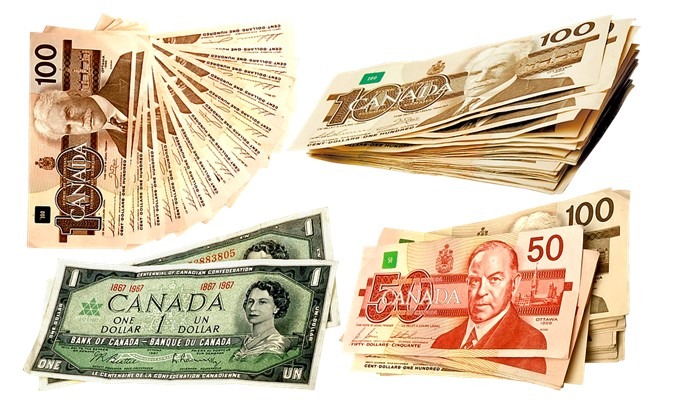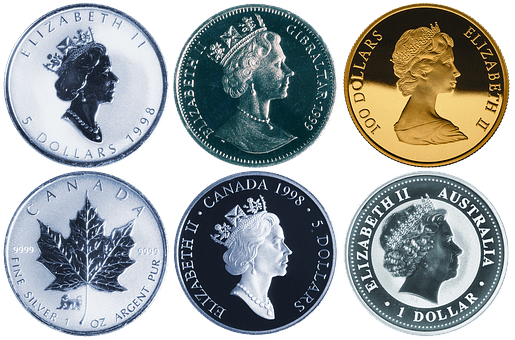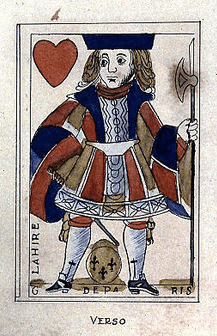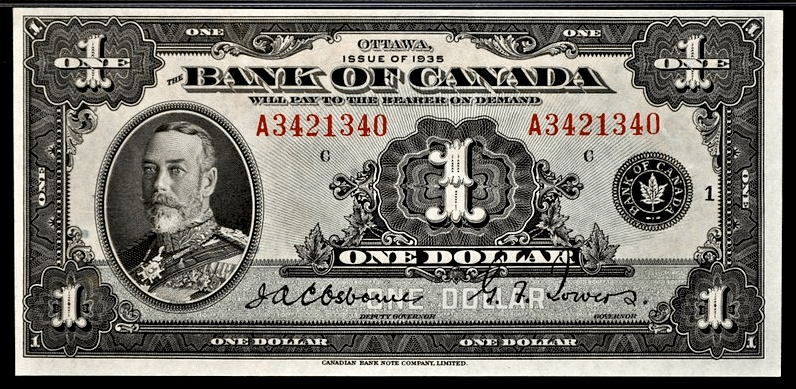The history of Canada’s currency is having a unique perspective that tells us about the economy of Canada and Canada as a nation. The evolution of Canadian money can be traced from its pre-colonial origins till the present day. The currency had the early French and British colonial chaos period. The sweeping changes were done by the confederation in 1867. Also, the effect of two world wars and the Great Depression.
Before the European contact, people in Canada used items for trading purposes such as wampum and furs. It was continued when the trade with Europeans began. Wampum and beaver pelts were the kind of currency for trading. Later on, coins were introduced during the French colonization. It was the first example of paper currency by the western government.
History of The Canadian Dollar
During the British colonization period, additional coins and banknotes were introduced. The Canadian colonies were then moving away from the British pound and adapted United States Dollar. The Canadian dollar was then established with Confederation in 1867. By the mid-20th century, the Bank of Canada was the sole issuer of banknotes or paper currency. In the 20th century, Canada began to issue its coins and many commemorative coins into circulation. And we even have options like Lend for All Canada.
Indigenous Peoples and Trade
The original inhabitants of Canada were Inuit and First Nations who traded on the barter system. Copper, beaver pelts, and wampum were the source of currency for trading. The wampum belt made of numerous tiny shells was the source to know the wealth and gifts of indigenous peoples in Eastern Canada. Indigenous peoples used furs for trading with Europeans such as fur in exchange for food, cloth, weapons, tobacco, and silver items.
Copper shields were special objects that had special social and economic value. The copper shields were used as a symbol of status and wealth by the Haidas of the west coast.
New France 1608 – 1763
The foundation of Quebec in 1608 was the French settlement and began of trade. The French colonists bartered the goods and used French coins. Denier or penny was the basic unit of currency for trading. The French government sent the silver coins to be circulated in Canada by the merchants for buying European goods and paying taxes. Monnoye Du Pays was the new authorized coins for New France that had more value than the coins used in France.
The colonial authorities started playing cards as currency because of coin shortage in 1685. The first issue of playing cards occurred when Intendant Jacques de Meulles had to pay the soldier for their services. He did not want to borrow the money because he was out of his personal and government money. So, playing cards were marked with the amount on the back and they were redeemed when coins became available.
In 1717, all of the card money from the market were withdrawn by the colonial government and redeemed at 50% of their face value. The shortage of coinage was not yet solved, so in 1722, the government introduced copper coins. Still, there was a shortage of coins which led to recession. The shortage of coins in 1729 brought card money to the market. It was approved by the French government.
In 1760, treasury notes were introduced in Canada totaling 30 million livres. The ordonnances de paiement and new card money were successful initially but the Seven Years’ War with Britain triggered a large amount of paper money in circulation in the 1750s. In the 18th century, French coinage was circulated in Canada with 15 and 30 deniers. These were the gold coins known as mousquetaire that were used to pay the soldiers and civil servants.
The sol was another coinage that was equal to the 20th-century one-cent coin. It was produced between 1738 and 1756. Until 1764, double sol was produced with large shipments to Quebec and Cape Breton. Double sol was equal to 24 deniers. In 1760, the French rule in Canada came to an end with the conquest of Quebec by the British.
British Colonial Rule 1760 – 1825
Units of account and rating systems were used initially by the colonies. The British system of pounds, shilling, and pence was the unit of account. The Halifax rating was used shortly after the colony of Nova Scotia that was established in 1749. Although it was disallowed by the British government to use the Nova Scotia Legislation. Later on, the York rating was adopted during the colonial period. It was named after New York.
The York rating valued a Spanish dollar at eight shillings. It was introduced in upper Canada by United Empire Loyalists. It was followed by Upper and Lower Canada in the Province of Canada in 1841. At the commercial level, banks were founded. Banknotes were issued from the first bank Montreal Bank in 1817. Other banks such as the Bank of Upper Canada, the Bank of Nova Scotia, Bank of New Brunswick, and the Bank of Prince Edward Island were issuing their banknotes.
The denominations were in both pounds and dollars. In addition to the banknotes, banks were issuing trade tokens. They were not having any legal status. The token had arms of Montreal on one side and an image of habitant on the other side. They were named Papineaus, after Louis Joseph Papineau who was the rebellion leader of Lower Canada in 1837.
From British Pound to Canadian Dollar 1825-1867
In 1825, the British government passed an imperial order-in-council that encouraged the circulation of sterling coins even in Canadian colonies. It had a reverse effect in Canada that drove out all of the sterling coins. It was because of the exchange rate that was one Spanish dollar equal to four shillings. Each of the colony was having its currency. There was a Canadian Pound in Upper and Lower Canada. They all were gradually replaced with the decimal system of currency that was linked to the Spanish and U.S dollars.
Throughout the 1850s, the decimal monetary system was favored based on United States Dollar. Under the Confederation in 1867, Currency Act was issued by Federal Parliament in 1868. Dominion Notes Act was to authorize the issue of Government Bank Notes. In 1876, the Canadian one0cent coin was finally issued as an official coin of Canada.
The First Issue of Bank of Canada Notes
On March 11, 1935, the bank issued the first series of notes. There were ten notes in 1935 featuring the members of the Royal Family:
- One-dollar note, featuring King George V
- Two dollars note, featuring Queen Mary
- Five dollars note featuring Edward, Prince of Wales
- Ten dollars note featuring Mary, Princess Royal
- Twenty dollars note featuring Princess Elizabeth (now Queen Elizabeth II)
- Twenty-five dollars note featuring King George and Queen Mary
- Fifty dollars note featuring Prince Albert (later King George VI)
- One hundred dollars note featuring Prince Henry, Duke of Gloucester
- Five-hundred dollars note featuring Prime Minister John A. Macdonald
- Thousand dollars note featuring Prime Minister Wilfrid Laurier
Current Design of Coins and Notes

- Once cent or penny had two maple leaves
- Five cents or nickel had a beaver
- Ten cents or dime with the schooner Bluenose
- Twenty-five cents or quarter had a caribou
- Fifty cents or half a dollar had a Canadian coat of arms.
The current complete series of notes being used in Canada are known as Frontier Series that is the seventh series of notes issued by the Bank of Canada. It only consists of five notes. A five, ten, twenty, fifty, and one hundred dollars note. The denominations were released in 2011. Instead of paper, they were made of polymer.
Verdict
The Canadian dollar is having a colonial history of French and British. The wide history of the Canadian dollar started from the barter system of wampum, fur, and beaver pelts that were used for trading cloth, food, weapon, etc. It evolved from a barter system to deniers, then playing cards, then shillings. Canada ended up having its currency known as the Canadian Dollar made of polymer with several anti-counterfeiting measures.


